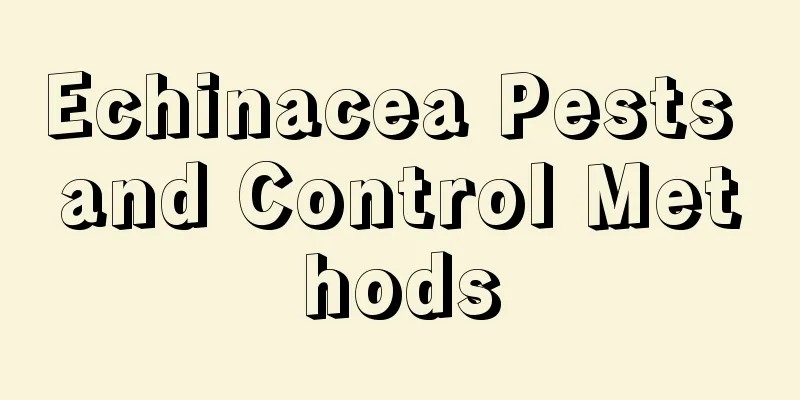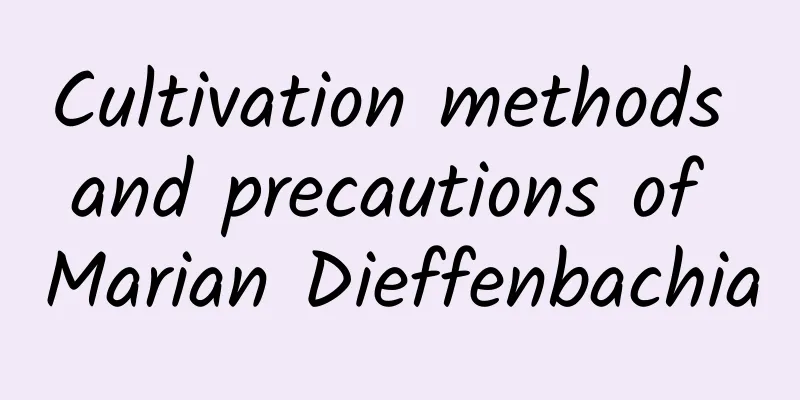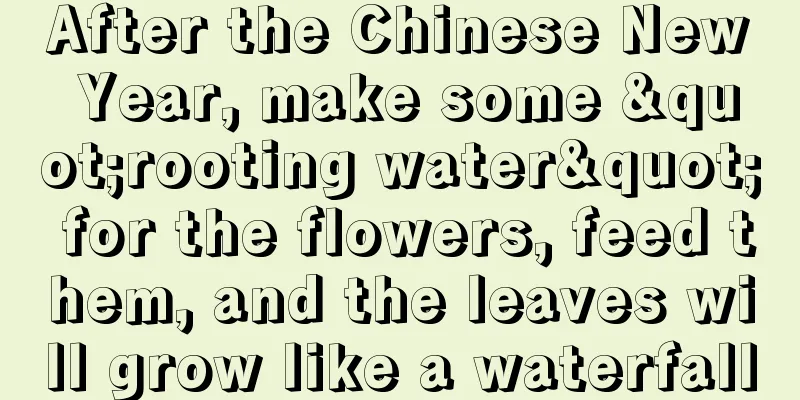Echinacea Pests and Control Methods

Pests of Echinacea: Pieris rapaesymptomCabbage loopers are widely distributed in China, occurring in all provinces, especially in the northern region. Adults are active during the day, with peak activity at noon on sunny days, and have a lifespan of 2-5 weeks. When cabbage worms feed, they excrete polluting feces as they eat. There are five larvae in total. Before the third instar, they mostly damage the back of leaves. After the third instar, they turn to feeding on the leaf surface. The food intake of 4th-5th instar larvae accounts for 97% of the food intake during the entire larval period. The larvae of cabbage loopers will bite the leaves of echinacea. Before the second instar, they only eat the leaf flesh, leaving a layer of transparent epidermis. After the third instar, they eat away the holes or notches in the leaves. In severe cases, all the leaves are eaten, leaving only thick veins and petioles. Prevention and treatment methodsRemove old leaves and stumps promptly to reduce the breeding grounds for cabbage loopers. Try to choose early larval stage for prevention and control, when the insect population density is small, the damage is small, and the insect's resistance to pesticides is relatively weak. When preventing and controlling, you must seize the right period for prevention and control. Spray the pesticide during the peak egg period and the early stage of larvae hatching. According to the habits of cabbage loopers, spray the pesticide evenly on both sides of the plant's leaves in the morning or evening. When cabbage loopers are found, 1000 times diluted 2.5% highly effective flucythrinate emulsifiable concentrate can be used for spraying control, once every 7 days. Generally, 2-3 sprays are enough. Pests of Echinacea: AphidssymptomAphids are the fastest reproducing insects, and can reproduce 10 to 30 generations a year. Female aphids can reproduce from birth and do not need males to reproduce. Aphids use their mouth needles with sucking mouths to pierce the epidermis of plants and suck the juice from the tender leaves of the plants, causing the plants to grow slowly. The secretions of aphids also attract ants. Prevention and treatment methodsIf the number is small, kill them manually and spray them with 1500 times diluted 80% DDT emulsion in the initial stage. |
<<: Common Pests of Coreopsis Large-flowered and Their Control Methods
>>: Common pests of Dendrobium officinale and their control methods
Recommend
How long is the growth cycle of bamboo shoots?
Introduction to Bamboo Shoot Growth Chinese bambo...
The role of Houttuynia
Effect of ingredients Houttuynia cordata is eaten...
Can boxwood be transplanted in autumn? Precautions for transplanting in autumn
Can boxwood be transplanted in autumn? Boxwood ca...
How to propagate apricot trees by grafting
Apricot tree grafting propagation method The firs...
The propagation method of southern crape myrtle
1. Cutting method 1. Cuttings of softwoods: The t...
How much water to add to the hydroponic culture of Anthurium
1. How much water to add When growing Anthurium h...
She uses these "evil ways" to grow flowers, and the flowers are overflowing the pots. I'm so envious!
Cramming fertilization Many flower lovers have co...
How often should bitter melon be watered?
How often should bitter melon be watered? Bitter ...
How to care for the small fortune tree and make it lush
Growth conditions of small fortune tree When plan...
How to fertilize chives? What kind of fertilizer is good?
Chives not only have extremely high edible value,...
Does the lucky tree like shade or sun? It is a sun-loving plant.
Does the lucky tree prefer shade or sun? The luck...
Reasons and countermeasures for osmanthus not blooming
1. Poor sleep Osmanthus flowers need to be brough...
When is the best time to prune bougainvillea?
Bougainvillea Overview Bougainvillea can bloom co...
When is the right time to repot potted plants?
Time to repot potted plants Generally, newly purc...
How to grow flowers
1. Suitable soil Different flowers prefer differe...









